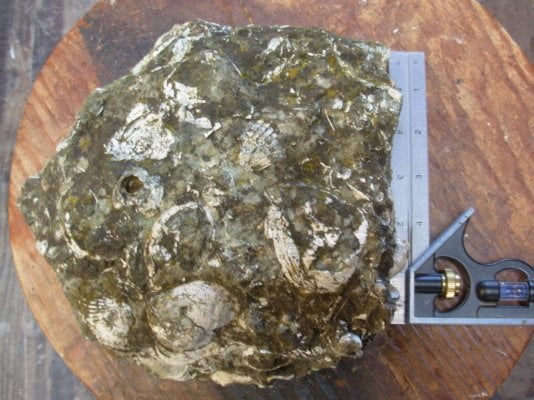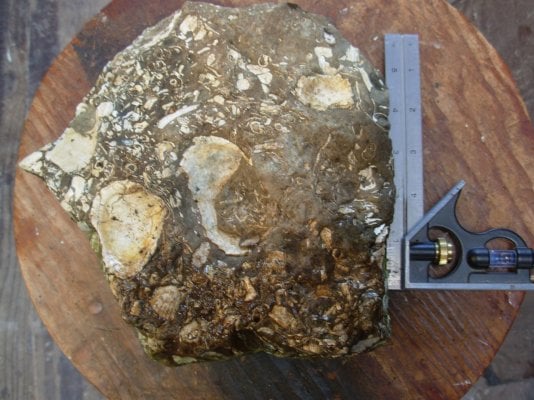On our way down the coast we stayed at South Beach State Park just south of Newport, Oregon. While walking out on the beach, I picked up the two clam fossils (?) pictured below. I say this with a question mark because my idea of a fossil is more like a split piece of rock with the imprint of a clam shell in the rock. The shell would long since have disappeared as it takes hundreds of thousands (?) of years to form.
But these are more like the clam shell filled with mud and then the mud hardened to rock over time. But it seems to me that in the time it took for the mud to become rock, the shells would have turned to dust. So how are these formed? Are they really fossils or are they formed by some other geological process I am unaware of?
BTW, they were quite literally all over the beach. I tried researching them on the net and found a blog where a guy filled his day pack with them to give to his students.


But these are more like the clam shell filled with mud and then the mud hardened to rock over time. But it seems to me that in the time it took for the mud to become rock, the shells would have turned to dust. So how are these formed? Are they really fossils or are they formed by some other geological process I am unaware of?
BTW, they were quite literally all over the beach. I tried researching them on the net and found a blog where a guy filled his day pack with them to give to his students.






